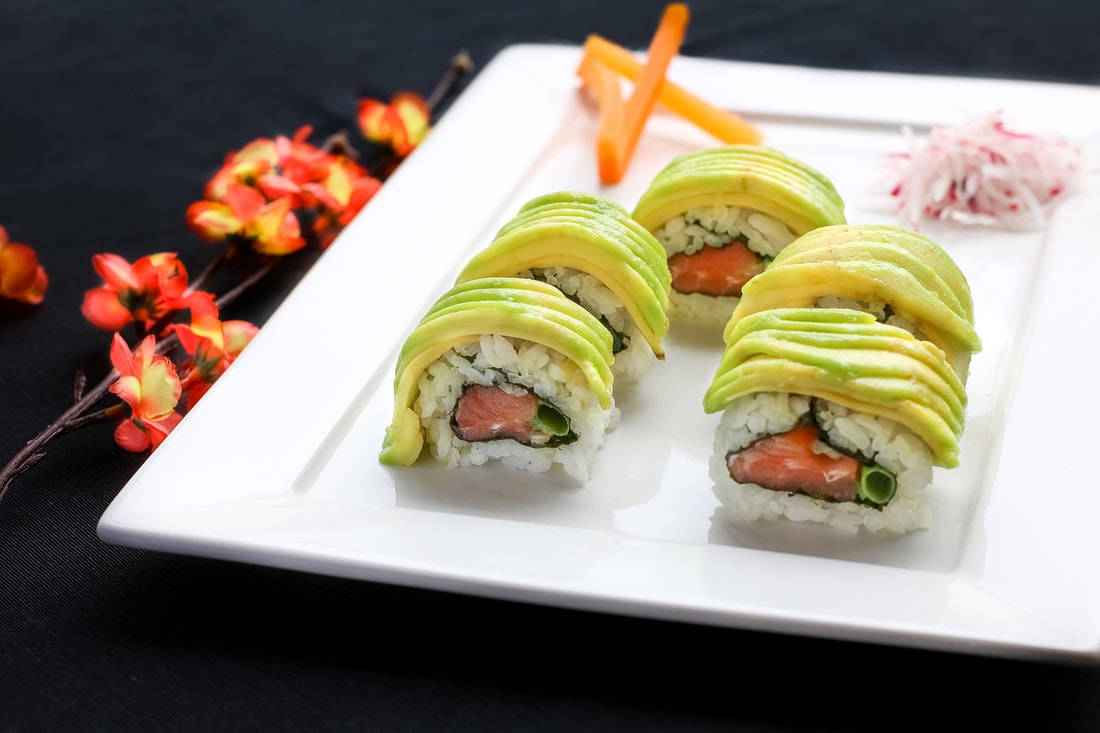|
8/29/2017 Think About It - Imitation CrabThe California roll is the universal introduction to sushi, the same way that a Frappucino is the first step to becoming a loyal Starbucks drinker. But if you've ever looked at the ingredient list of most California rolls, it contains a suspect ingredient — imitation crab. "Imitation" is never a good word when it comes to food products, and its very use begs the question: if it's not crab, then what is it? As the name implies, imitation crab does not contain any real crab. In the industry and in some parts of Asia, it's known more broadly as surimi, since it's used to mimic many other types of seafood including lobster, shrimp, and scallops. Surimi is actually a blend of cooked, mild-tasting white fish (usually pollock or whiting) that has been ground into an odorless white gel. Once this is complete, starches, preservatives, flavorings, and dyes (including the red outer layer that resembles the color of crab) can be added before cooking. Many surimi products also undergo the additional step of pasteurization to extend their shelf life.
As expected, imitation crab has a subpar nutrition profile when compared to the real thing. Three ounces of imitation crab has 6.5 grams of protein, while three ounces of real Alaskan King crab has almost 17 grams. The actual version also has virtually zero grams of carbohydrates, while the additional starches and fillers contribute to nearly 13 grams of carbohydrates in the processed analog. When it comes to imitation crab, the nutritional profile is a secondary issue when compared to the synthetic and relatively suspect nature of the product itself. Since it is often combined with wheat-based starches, imitation crab and other surimi-based products are not suitable for people with Celiac's disease or gluten intolerance. Imitation crab also lacks all of the purported health benefits of real crab, including relatively high levels of omega-3 fatty acids, copper, zinc, and selenium. Adequate intake of these minerals is associated with improved immunity, cellular function, red blood cell formation, and a decreased risk of cardio-vascular disease -- all good things, and all stemming from nutrients that are noticeably absent from imitation crab meat. These facts are well-documented and fairly universally accepted, so why is imitation crab meat still so popular? As with many less-than-ideal food alternatives, the answer is purely economic. Alaskan King Crab retails for around $4.50 a pound, while the same amount of imitation crab meat costs less than $2.00. Furthermore, the pasteurization of most surimi products means that it can remain in the refrigerator for far longer than a fresh sample of seafood could, maximizing the potential for profitability and minimizing lost revenue from food waste. There's also a sustainability aspect to imitation crab. The Surimi School at the Oregon State University Seafood Lab (who knew this existed?) markets surimi as a sustainable alternative to Alaskan King Crab and other species who are threatened by over-fishing. Since surimi is made up of "less-desirable" fish, widespread use of imitation meat would theoretically allow over-exploited populations to recover without sacrificing popular dishes. Their tactics must be working, because since the Surimi School's conception in 1993, surimi has become a $2.2 billion industry. Ways to Think About It:
Disclaimer: I am not a licensed nutritionist nor a registered dietician. The opinions expressed in this article are my own, and each individual is ultimately responsible for his/her dietary and nutrition practices. Please consult a physician before starting a new dietary program. Comments are closed.
|
categories: |

